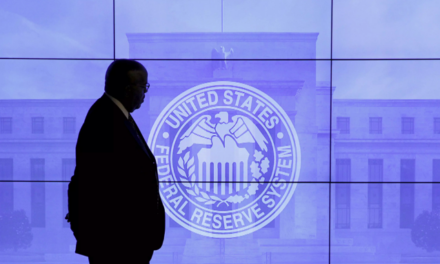As most of the world grappled with the COVID-19 pandemic, the pay gap between CEO and average employee tripled.
Based on the annual AFL-CIO Executive Paywatch report, the CEO for an average S&P 500 company made 299 times more than the average worker last year. CEOs received salaries amounting to $15.5 million on average – jumping by $260,000 annually for the previous ten years. On the other hand, the average worker earned only $43,512, an improvement of $957 over the last decade.
Even as the pandemic raged last year, average salaries and pay gaps between executives and workers ballooned. CEOs were compensated $700,000 more in 2020, and the average CEO-to-worker salary difference increased to 299:1 compared to 2019’s 264:1.
From the perspective of the AFL-CIO, the compensation data reflects “inequality, the imbalance in our economy” and something consistently being seen year-to-year, said Liz Shuler, secretary-treasurer.
Glaring inequality hit
The AFL-CIO report comes on the heels of an economy severely hit by the pandemic last year and undergoing recovery at present. In response to the COVID-19 pandemic, CEOs last year pledged to take either pay cuts or entirely forego salaries altogether.
However laudable this might seem, it did not reduce the glaring wage inequality between executives and median workers. For one, taking zero pay might be irrelevant for these executives. Base pay constitutes only a tiny percentage of an executive’s total compensation, since most of it is derived from stocks, bonuses, and options.
While base pay among executives may have dipped, CEOs’ equity compensation in stocks jumped to nearly $1million in 2020. Meanwhile, performance-based compensation averaged $14 million, adding up to $15 million average total compensation last year.
Companies with highest pay gap revealed
The report revealed that 2020’s highest-compensated CEO was Paycom’s Chad Richison. He received over $200 million in stocks and salaries. Aside from Richison, among the highest-paid CEOs included those from Nike (NKE), General Electric (GE), Hilton (HLT), Regeneron Pharmaceuticals (REGN), T-Mobile (TMUS), Netflix (NLFX), and Microsoft (MSFT).
Topping the list of companies with the highest pay scale difference in pay scale was Aptiv (APTIV) which reported a CEO-to-worker pay ratio of 5,294:1. This figure meant that its CEO Kevin Clark received $31 million in total compensation last year while its average worker received $5,906.
Adding to this list of companies are Paycom, The Gap, Hilton, Coca-Cola, Chipotle, and Nike.
Amazon registered the highest disparity in pay within the consumer discretionary industry, with a ratio of 741:1.
The country’s biggest labor federation has become increasingly critical of this pay gap. Shuler explained that US economic recovery is primarily driven by workers “stepping up” and that business leaders do not equal their efforts. While executives are quick to laud workers are heroes, “words are not enough.”
The AFL-CIO report also reported that the US economy created 850,000 jobs just this month, reflecting an accelerating job growth. However, the labor market still lacks 6.8 million jobs, and 6.2 million people are still either without work or working less.














